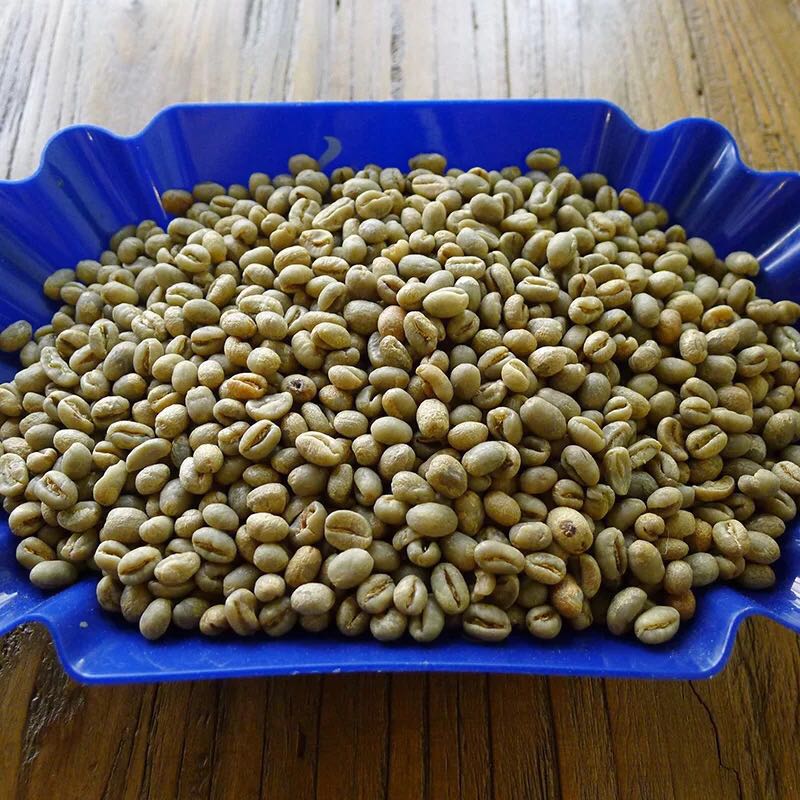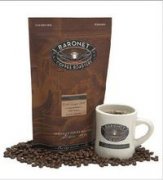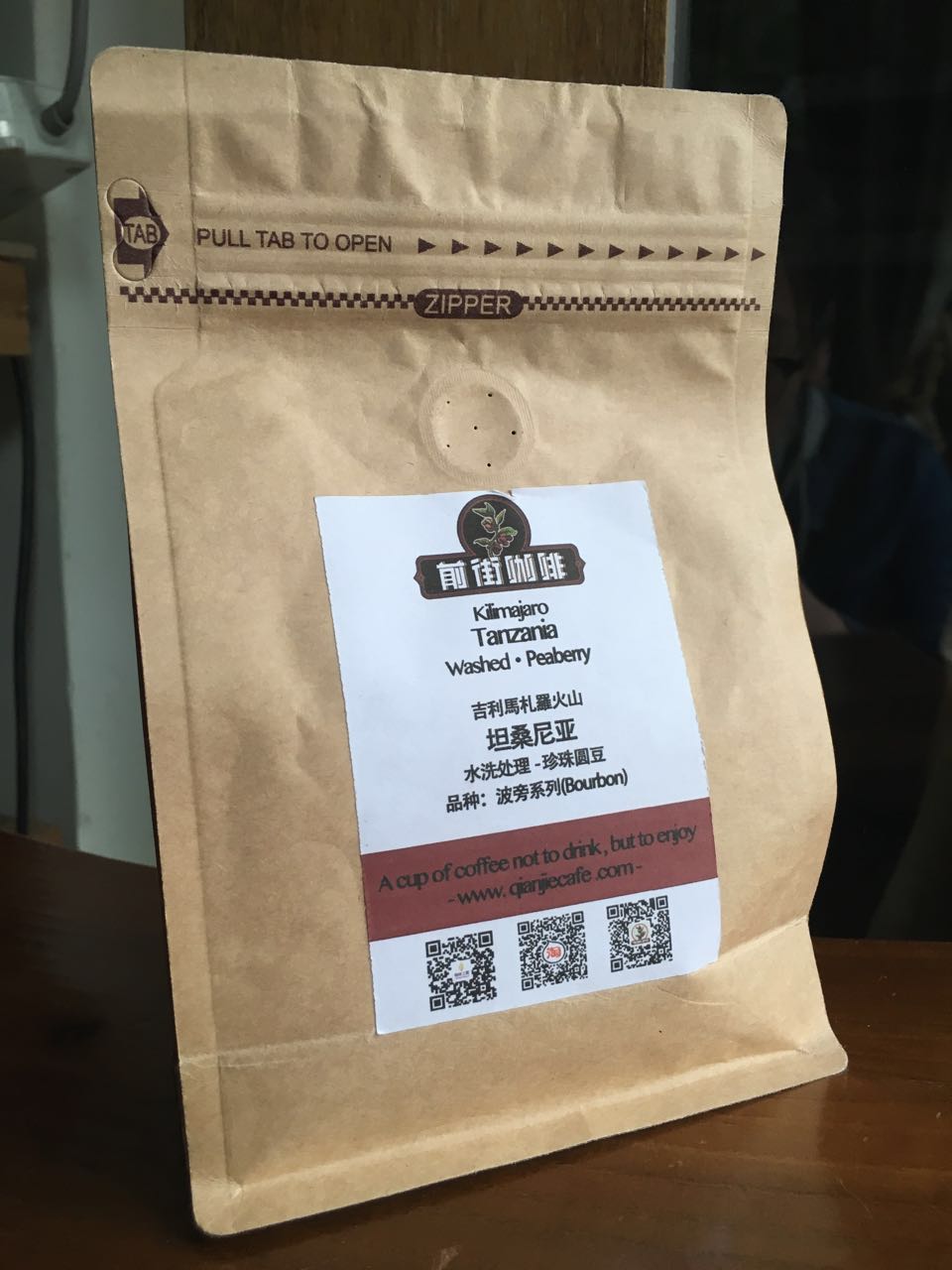About the right way of coffee beans what tools do you need to make coffee beans
Perhaps many people don't really understand how to eat coffee beans. Coffee beans are the raw materials for making coffee. Maybe many people drink coffee in coffee shops and haven't really done it themselves. The following editor will introduce to you the new way to eat coffee beans and how to choose good coffee beans. Let's take a look!
How to make delicious and mellow coffee must be matched by a series of factors:
Coffee beans:
If you want to brew a cup of coffee by yourself, in addition to the brewing skills, the most important thing is to choose and buy good quality coffee beans. When buying, you should also pay attention to whether the color and particle size of the beans are uniform. Good coffee beans are not only shiny in appearance, but also have a strong aroma without being mixed with peculiar smell.
Degree of grinding:
To do the correct grinding according to the coffee machine used, grinding can be roughly divided into three stages: rough grinding, medium grinding, and fine grinding.
Coarse ground coffee is suitable for filter coffee pot (traditional American brewer), medium ground coffee is suitable for follicular, flannel filter and siphon coffee pot, and fine grinding is most suitable for coffee distiller (also known as water drop coffee maker). And I would like to remind you that the shorter the brewing time, the more detailed the grinding particles should be. Because the smaller the particles, the larger the area of contact with hot water, so the brewing time is shorter. And too fine grinding will make the coffee more bitter, but also easier to block the coffee machine; too rough grinding, it will make less flavor coffee.

How to boil coffee beans in fresh and warm water:
97% of the coffee is water, and only water of good quality can brew the original aroma and richness of the coffee. It is best to use filtered water to make coffee. Do not boil the coffee, because boiling water will make the coffee bitter, but also pay attention to the temperature of the water should be slightly lower than 96 degrees Celsius.
The coffee had better not be reheated. When cooking, you should pay attention to only the amount needed for each cooking, and it is best to drink it when it is just cooked. The best drinking temperature for coffee is 85 degrees Celsius.
How to choose coffee beans?
Choose fresh coffee beans. When buying, pay attention to whether the color of the beans and the size of the particles are the same. Good coffee beans are shiny and have a strong aroma without being mixed with peculiar smell. No matter what kind of coffee beans, freshness is an important factor affecting the quality.
When shopping, grab one or two coffee beans in your mouth and chew them with a crisp sound (indicating that the coffee is not damp) and the fragrance of the teeth and cheeks is the top grade, but it is best to squeeze it with your hands to feel whether it is solid, rather than buying crispy coffee. If the coffee bean has lost its fragrance or smells stale, it means that the coffee bean is no longer fresh and is not suitable for purchase.
Can I eat coffee beans? Freshly fried coffee beans are not suitable for immediate consumption and should be stored for a week to completely release the gas from the beans.
Generally speaking, the best drinking period for coffee is a week after stir-frying, when the coffee beans are the freshest and the Aroma taste is the best.
In addition, the purity of coffee beans is also another consideration. The expert candidate for coffee is not necessarily to look at the size of the particles, but to grab a handful of individual coffee beans, about dozens of portions, to see whether the color of each single bean is the same. whether the particles are similar in size and shape, so as to avoid buying shoddy products disguised as mixed beans.
But if it is a comprehensive bean, different size and color is a normal phenomenon. In addition, heavy heat and medium-deep roasting will cause coffee beans to produce oil, but if the lightly roasted beans produce oil, they have gone bad, not only reducing aroma, but also astringent and sour taste.
In short, when buying coffee, we should pay attention to its freshness, aroma and whether it is stale or not, and the ideal purchase quantity is to be able to drink it in half a month.
Nutritional analysis of coffee
Coffee tastes bitter, has a specific flavor, contains caffeine alcohol and 1.3% caffeine alkaloids, and is an anesthetic, diuretic, excitatory and cardiotonic drug. Roasted coffee is also good for digestion.
Coffee contains caffeine, which can stimulate the central nervous system, promote the decomposition of liver glycogen and raise blood sugar. Moderate drinking can make people temporarily energetic and quick-thinking. Drinking after exercise has the effect of eliminating fatigue, restoring physical strength and invigorating spirit.
Coffee is suitable for people.
Generally healthy people can drink it. People with cardiovascular disease, stomach problems, elderly women, pregnant women, vitamin B1 deficiency and cancer should try not to drink coffee.
The benefits of drinking coffee regularly
Regular coffee drinkers have a lower risk of developing diabetes than non-coffee drinkers, according to a new study by Finnish researchers.
Studies have shown that drinking coffee regularly also helps to reduce the risk of diabetes among overweight and alcoholics.
Finn News reported that researchers from the Finnish National Institute of Public Health conducted a long-term follow-up study of more than 60,000 Finns. It was found that people who drank three to four cups of coffee a day had a 28% lower risk of developing diabetes than those who did not drink coffee. Studies have also shown that drinking coffee regularly can also help reduce the risk of diabetes among overweight and alcoholics.
Researchers do not know the relationship between coffee drinking and the risk of diabetes. After analyzing the ingredients of the coffee, they speculated that some minerals in the coffee, such as magnesium, may be good for controlling blood sugar. However, the researchers point out that further research is needed.
According to statistics, the number of diabetes patients in Finland exceeds 500000, accounting for about 1/10 of the total population.
Conclusion: do you understand the new way to eat the above coffee beans? In fact, as long as you master the correct grinding and brewing methods, you can make strong coffee, that is, you can eat coffee beans indirectly.
Important Notice :
前街咖啡 FrontStreet Coffee has moved to new addredd:
FrontStreet Coffee Address: 315,Donghua East Road,GuangZhou
Tel:020 38364473
- Prev

Characteristics of coffee beans in Papua New Guinea practice of coffee beans in Papua New Guinea
The legendary background of modern coffee. In PapuaNewGuinea, about 75 per cent of coffee products come from small local farmers
- Next

The practice of Costa Rican coffee beans A brief introduction to Costa Rican coffee beans
The particles are full, the acidity is ideal and the aroma is unique and strong. Tarrazu in Costa Rica is one of the major coffee producing areas in the world. The coffee produced is light and pure in flavor and pleasant in aroma. Costa Rica, with its fertile volcanic soil and good drainage, is the first country in Central America to grow coffee and bananas for commercial value. Coffee and bananas are the main food in the country.
Related
- Does Rose Summer choose Blue, Green or Red? Detailed explanation of Rose Summer Coffee plots and Classification in Panamanian Jade Manor
- What is the difference between the origin, producing area, processing plant, cooperative and manor of coffee beans?
- How fine does the espresso powder fit? how to grind the espresso?
- Sca coffee roasting degree color card coffee roasting degree 8 roasting color values what do you mean?
- The practice of lattes: how to make lattes at home
- Introduction to Indonesian Fine Coffee beans-- Java Coffee producing area of Indonesian Arabica Coffee
- How much will the flavor of light and medium roasted rose summer be expressed? What baking level is rose summer suitable for?
- Introduction to the characteristics of washing, sun-drying or wet-planing coffee commonly used in Mantenin, Indonesia
- Price characteristics of Arabica Coffee Bean Starbucks introduction to Manning Coffee Bean Taste producing area Variety Manor
- What is the authentic Yega flavor? What are the flavor characteristics of the really excellent Yejasuffi coffee beans?

